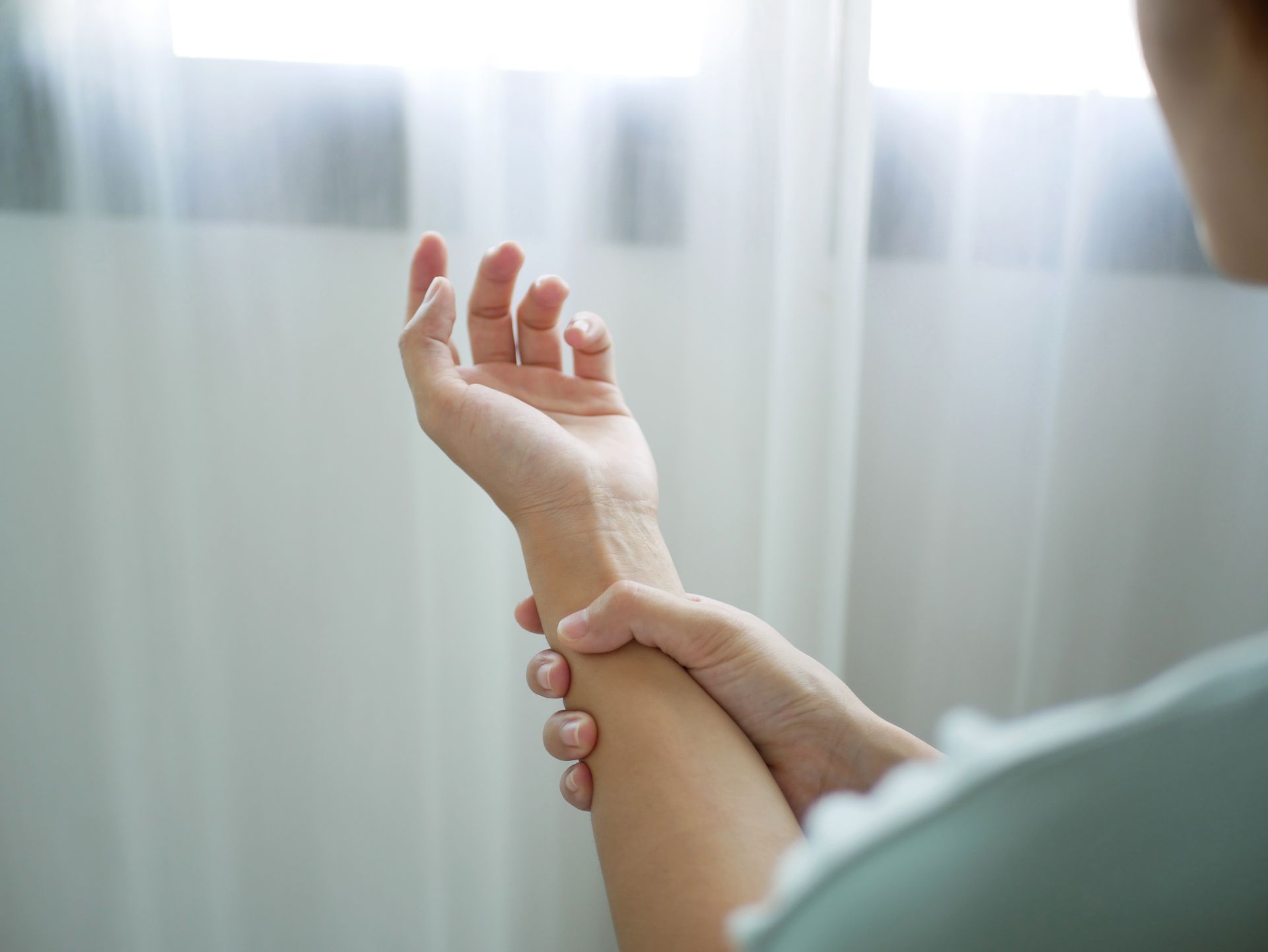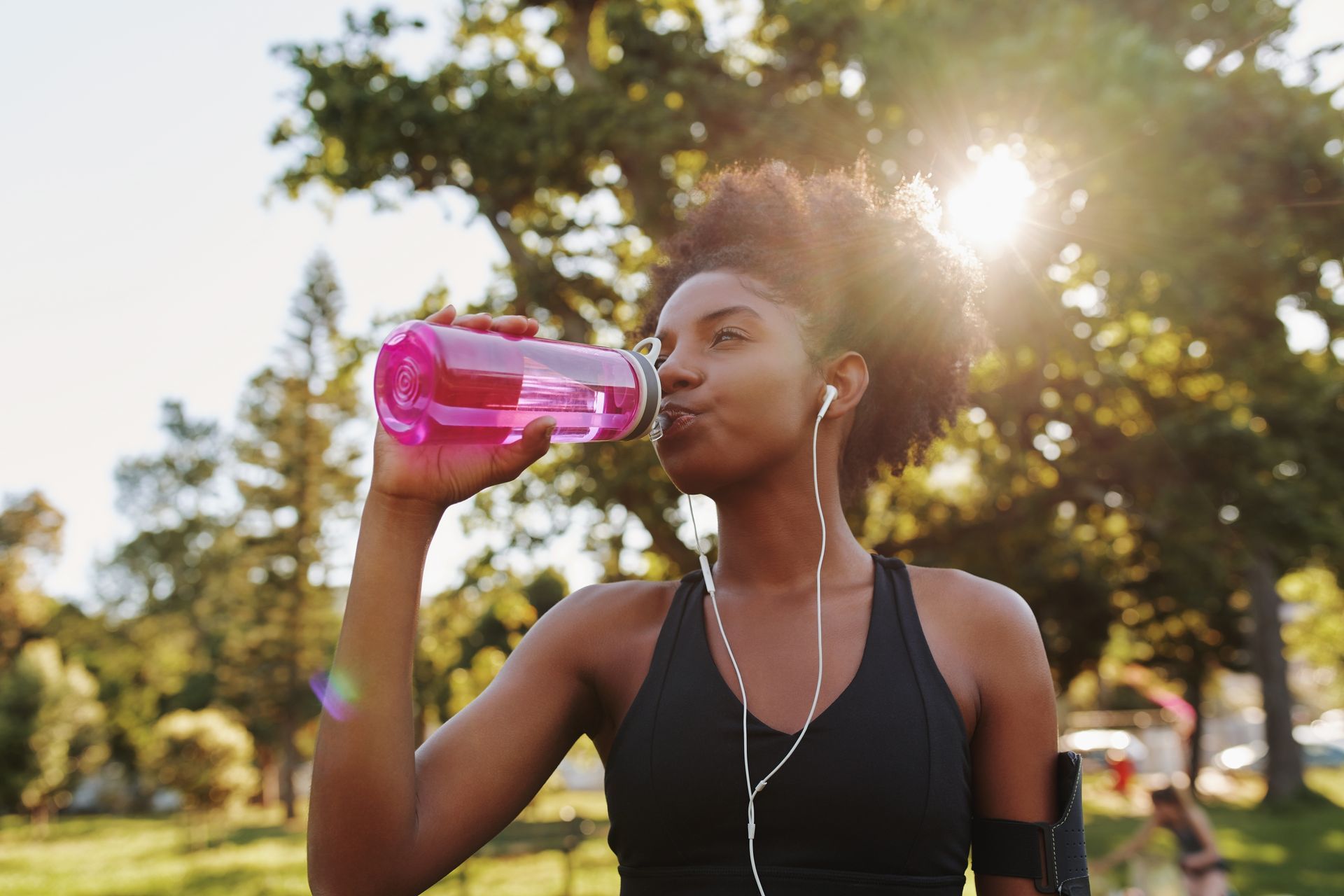Hip Osteoarthritis Treatment in Baton Rouge
RELATED PAGES
Hip Osteoarthritis Overview
Osteoarthritis (OA) of the hip is a degenerative form of arthritis which typically affects patients over the age of 50. The condition causes the protective cartilage between the bones to wear down and can eventually lead to painful bone-on-bone contact. Typically, osteoarthritis develops slowly and worsens over time. Early management is key to long-term joint health.
Hip Osteoarthritis Symptoms
Pain in and around the hip joint is the most common complaint associated with OA. This pain tends to worsen as the disease progresses. For many, the discomfort is most notable with movement after extended periods of rest. Additional symptoms may include:
- Pain that radiates to surrounding areas such as the groin, thigh, knee, or buttocks
- Pain that worsens with more intense physical activity
- Stiffness of the hip
- An audible grinding noise with hip movement
- A sensation of the hip joint “sticking” or “locking”
- Decreased mobility and range-of-motion
Risk Factors for Hip Osteoarthritis
Osteoarthritis is not the same for every patient. How and why it develops can vary drastically and often comes from a combination of factors. Here are some of the most common contributors:
- Age – Hip OA is typically diagnosed after the age of 45, with typical age of onset being in the 60s or 70s.
- Genetics – Family history of OA can increase likelihood of its development. So too can other hereditary conditions affecting the joints or bone alignment.
- Trauma –
Trauma to the hip can be the catalyst that leads to OA down the road. This is particularly true for athletes in high impact sports.
- Gender – Women are more likely to develop hip osteoarthritis than men. Although, the condition does impact both sexes.
- Weight – Excess weight places increased pressure on the joints and can speed degeneration of cartilage.
Non-Surgical Hip Osteoarthritis Treatment
- Pain Relief Medications – These can include over-the-counter medications such as acetaminophen (Tylenol), ibuprofen, and topical ointments, or prescription strength medications such as Tramadol.
- Injections –
Steroid and hyaluronic acid injections can help bring extended relief by reducing inflammation and helping lubricate the joint.
- Physical Therapy – Physical therapy may help some patients by providing specific stretches and exercises to minimize pain while also strengthening the hip and surrounding tissue.
Hip Osteoarthritis Surgery
In severe cases of OA, more conservative treatments may not be able to bring sufficient relief. In these cases, pain and loss of function can impact a patient’s quality of life to the point that hip replacement surgery becomes the best course of action. Typically, this procedure is performed in one of three ways:
- Traditional Hip Replacement – In traditional hip replacements, a large incision of 10 to 12 inches is made and the surrounding muscles detached in order to access the hip and replace the diseased joint. Average hospital stays range 4 to 5 days, with a 3 to 6 month recovery period and extensive rehabilitation.
- Anterior Hip Replacement – In anterior hip replacements, smaller incision of 4 to 6 inches is made on the anterior side of the hip, and the surrounding muscles are left intact. Average hospital stay is 1 to 3 days, with a 1 to 3 month recovery period and shorter rehabilitation.
- SuperPath Hip Replacement – In SuperPath hip replacements, an even smaller incision of 2 to 3 inches is used and the hip muscles are left intact. Average hospital stay is 24 hours, and most patients are able to ambulate the same day with walking aids. A shorter rehabilitation period will follow.
Hip Osteoarthritis Specialists in Baton Rouge
All of our physicians specialize in treating Hip Osteoarthritis.
RELATED READING
Hip Osteoarthritis Blogs
MOVE MORE, HURT LESS.
7301 Hennessy Blvd.
Suite 200
Baton Rouge, LA 70808
tel: (225) 766-0050
fax: (225) 766-1499
Bone & Joint Clinic of Baton Rouge, Inc. complies with applicable Federal civil rights laws and does not discriminate on the basis of race, color, national origin, age, disability or sex.
Click to view our notice.
Bone & Joint Clinic of Baton Rouge | All Rights Reserved.



